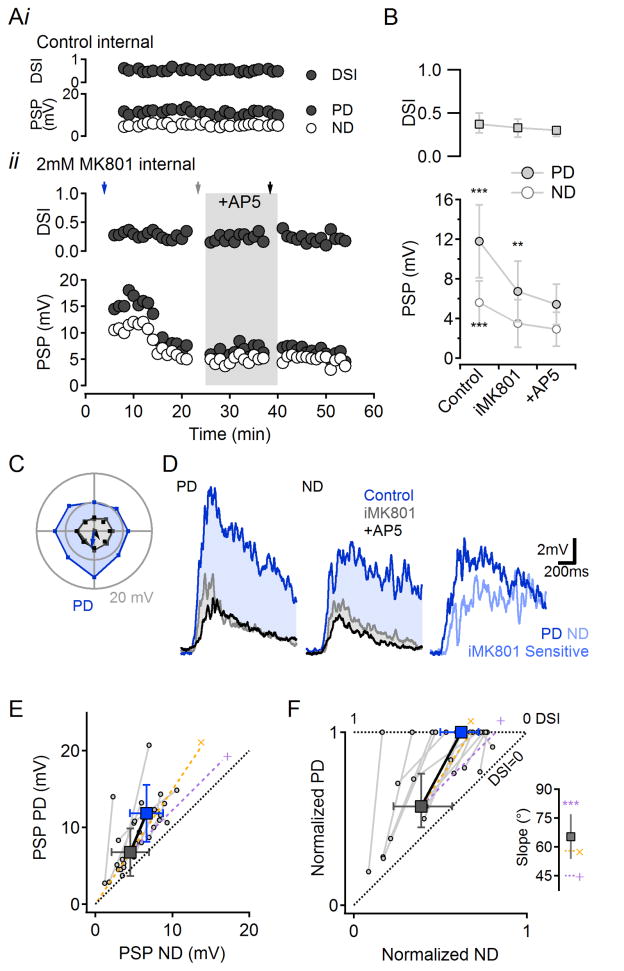Figure 2. Synaptic multiplication in DSGCs is mediated by postsynaptic NMDARs.
(A) i, With normal intracellular solution, PSP amplitude and DSI remained stable over time. Responses shown from a single cell; similar results observed in 4 cells. ii, When MK801 (iMK801, 2mM) was included in the patch solution, PSPs became smaller but DSI was preserved. Subsequent application of AP5 exerted small effects, indicating that iMK801 blocked most of the NMDARs on the cell. The tip of the electrode was filled with MK801-free solution to introduce a delay between “break-in” and iMK801 action, enabling “control” responses to be recorded. See also Figure S5 for effects of iMK801 on voltage-clamped EPSCs and IPSCs.
(B) Summarized effects of iMK801 and subsequent bath AP5 application on DSI (median ±quartile), top, and PD:ND PSP amplitudes (mean ±SD), bottom (n=15 cells).**p<0.01,***p<0.001 vs. corresponding AP5 values, ANOVA followed by multiple comparison Tukey test.
(C) Directional tuning of subthreshold responses from the cell in (Aii) recorded at times marked by the arrows (in Aii) for control (blue), iMK801 (grey) and bath AP5 (black).
(D) Example PSPs evoked by visual stimulation in PD (left) and ND (middle). Same cell as (C) and (A) (bottom). Right, the iMK801-sensitive component of the response was larger in response to PD stimuli.
(E) Summary of PSP PD vs. ND responses in control (blue) and iMK801 (grey) conditions from 15 cells. Filled squares, population averages (mean ±SD). Gray lines and circles show average responses from individual cells. Yellow (‘x’) and purple (‘+’) dashed lines indicate theoretical multiplicative and additive scaling of iMK801 responses.
(F) The data in (E) normalized to the control PD response. The average amplification with postsynaptic NMDARs follows a multiplicative trend. Inset, The mean slope of the scaling is as predicted for multiplication and is significantly different from addition (p<0.001). Error bars, confidence interval of 99.9%.
See also Figure S6 for experimental evidence that AP5 does not affect SAC responses in the DS signaling pathway.

